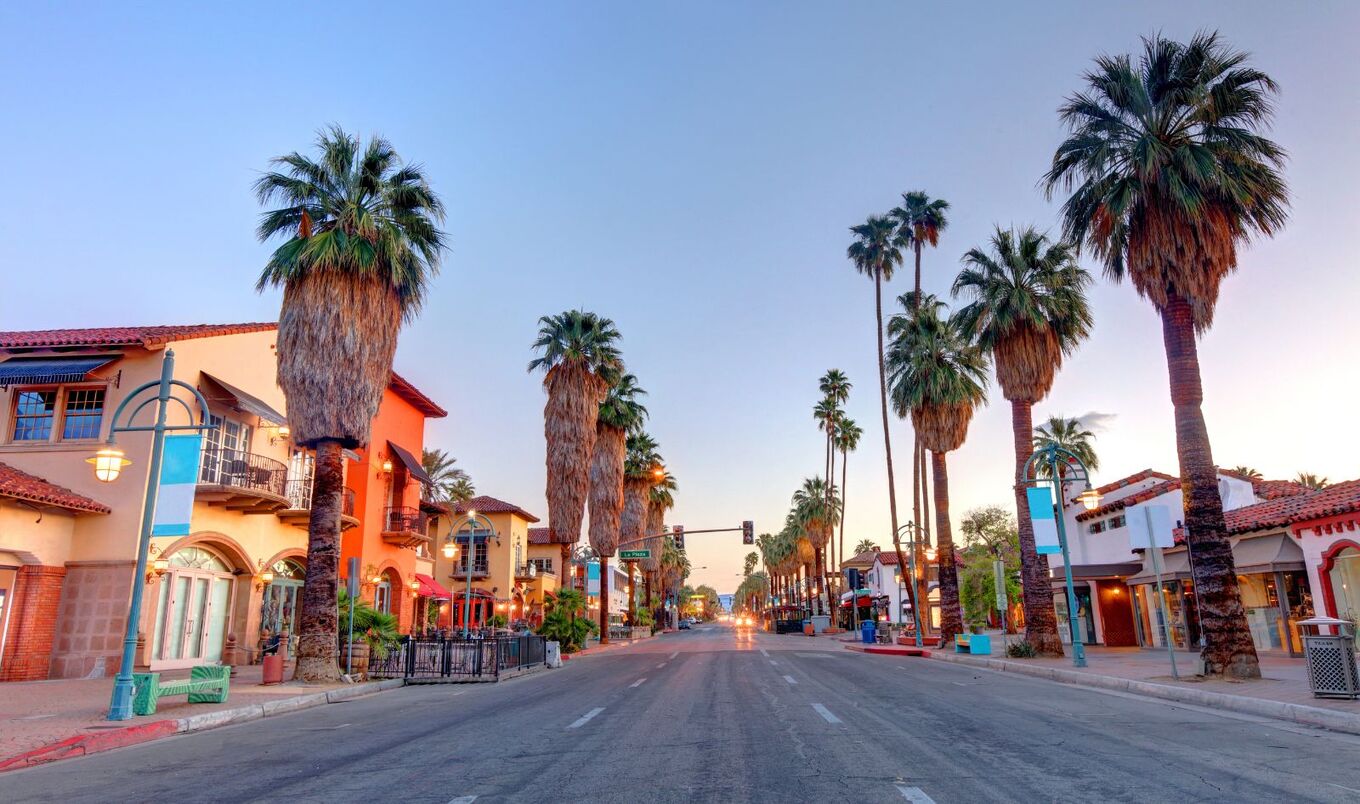Officially, there are only five Blue Zones—areas with exceptional longevity—in the world. These hotspots include Ikaria, Greece; Okinawa, Japan; Nicoya, Costa Rica; Sardinia, Italy; and Loma Linda, CA. Researchers have pinpointed nine habits among these communities, where higher concentrations of centenarians are prevalent, that contribute to their longer lives, including regular natural movement, plant-forward diets, strong social connections, and purposeful living. By integrating these principles, communities have reported substantial health benefits and reductions in chronic disease.
Now, Palm Springs, CA, just 40 miles southeast of Loma Linda, has launched a Blue Zones Project—a community initiative designed to improve health, well-being, and connectivity for its more than 45,000 residents. The Blue Zones Project in Palm Springs is backed by a $6 million investment, primarily funded by healthcare organizations such as the Inland Empire Health Plan Foundation, Eisenhower Health, and Kaiser Permanente. The city has committed $180,000 over three years to support the initiative. A discovery phase, running through May 2025, will involve gathering data, engaging residents, and identifying priorities for improvement.
 Pexels
Pexels
Geoff Kors, a former Palm Springs City Council member and mayor, has been appointed executive director of the project. “I decided to apply because this was an opportunity to focus on improving health and wellness in our community,” Kors said. “This has been a passion of mine, and I am excited to be able to work with our community over the next three years as part of the Blue Zones Project.”
Making Palm Springs a Blue Zone
Palm Springs faces significant challenges in promoting well-being, including inconsistent roadway standards, high housing costs, limited walkability, and extreme heat. A readiness assessment revealed that half of residents do not exercise adequately, two in three face financial stress, and four in five are overweight or obese. The city also struggles with food deserts, particularly in the northern areas, and a lack of shaded outdoor spaces.
 Getty
Getty
Despite these obstacles, the Blue Zones team has identified opportunities for transformation. Recommendations include reconfiguring one-way streets, expanding green spaces, improving active transportation infrastructure, and addressing housing affordability. Shade structures and climate adaptations are also key components of the strategy.
In addition to improving physical health, the project aims to address social isolation and build stronger community connections.
“The ultimate goal is to see a much healthier and happier community,” Kors said. “There are a lot of people who are isolated … If we can see ourselves increase the positives while decreasing the negative health impacts, that is the goal.”
Palm Springs’ initiative is part of a broader effort in Riverside County, with similar projects launching in Coachella, Riverside, Banning, and Mead Valley. The City of Coachella, for example, has already made strides in creating healthier environments, such as planting trees for its Urban Greening and Connectivity Project and enhancing pedestrian and cycling infrastructure.
If successful, Palm Springs could join other regions in the state in improving the quality of life for residents. Blue Zones initiatives in the Beach Cities Health District, which joined the project in 2010, has reported a 29-percent decrease in overweight residents, a 42-percent drop in smoking rates, and significant improvements in physical activity levels.
The Blue Zones legacy
Outside of the five official Blue Zones hotspots, the city-state Singapore was recently declared a “Blue Zone 2.0” by Blue Zones founder Dan Buettner. “In 1960, the average newborn in Singapore could expect to live only 65 years,” Buettner wrote in The Blue Zones Secrets for Living Longer: Lessons From the Healthiest Places on Earth. “Now, one lifetime later, life expectancy has grown by almost 20 years. Of all the nations in the world, it ranked number one in 2019 for life expectancy at birth, at 84.9 years, six more years than in the US.
 Canva
Canva
BECOME A VEGNEWS VIP: Get exclusive product deals, freebies, and perks galore!
Buettner continued, adding: “What’s more important, Singaporeans rank number one in healthy life expectancy and have the world’s lowest rate of cardiovascular mortality and best health-care system. The number of centenarians on the island more than doubled during the past decade, from 700 to 1,500, as did the number of men and women in their eighties and nineties.”
The average age of residents in Palm Springs is 57.3 — more than 20 years older than the average age in major cities such as Los Angeles and New York, which makes its potential even more significant, according to Kors. “If we can pass on to children now how to be healthier, how to be more active in their day-to-day lives, that’s the gift of a lifetime,” Kors said.
For more plant-based stories like this, read:
JUMP TO ... Latest News | Recipes | Guides | Health | Subscribe








